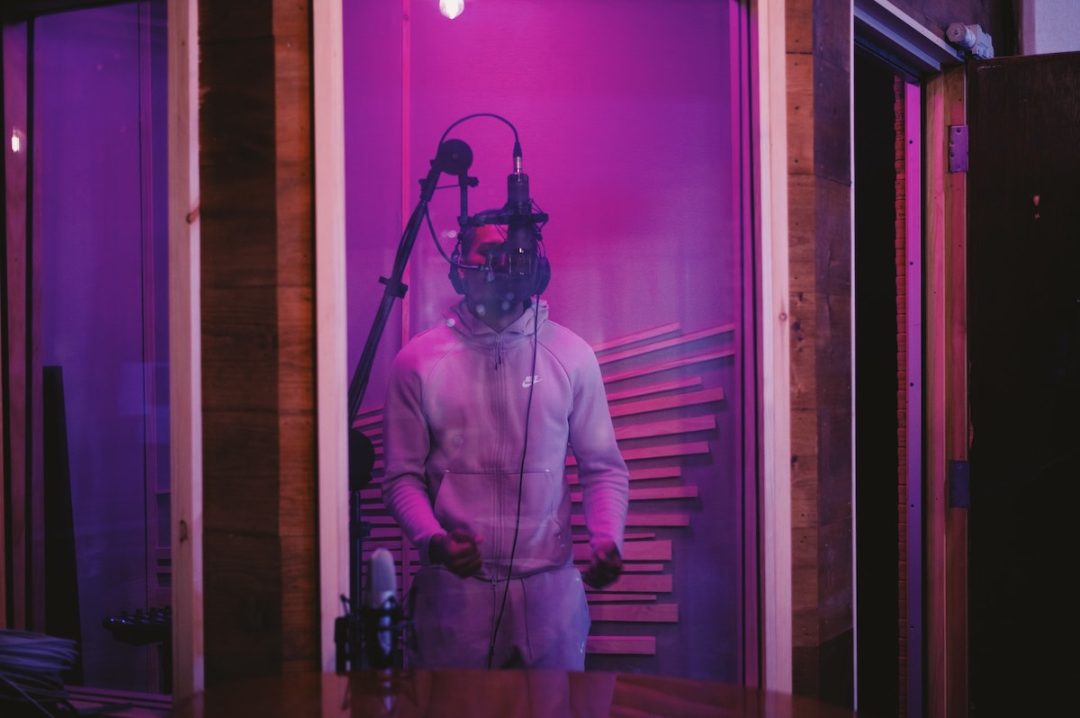What is sibilance? We hear about it all the time, and how it’s this ugly sound in vocal recordings that we have to tame. Is that always the case?
What Is Sibilance in Audio?
By definition, sibilance is a kind of hissing sound. It’s a completely natural part of the human voice, it just becomes overly apparent when you record someone singing or rapping or podcasting or reading a book. Certain voices are more or less sibilant than others, though, so to say that it’s always a problem is a bit misleading.
The key to understanding, or negotiating, sibilance in audio is to what extent it detracts or distracts from the vocal performance. More on that in a later section where we’ll philosophize on whether a sibilant vocal is an inherently “bad” thing.
What Are Sibilant Sounds?
Sibilant sounds fall into the category of S, Z, T, Ch, Th, Ts, Ci, and related type sounds. Here’s a great article describing how sibilance can be used as a literary device, with a passage from Edgar Allan Poe’s “The Raven”:
Eagerly I wished the morrow;—vainly I had sought to borrow
From my books surcease of sorrow—sorrow for the lost Lenore
The sounds become immediately apparent upon reading aloud. There are multiple literary devices at play here, which the article describes, but that’s beyond the scope of an audio production blog! The main thing to be aware of is how pronounced these S sounds are.
What Frequency Is Sibilance in?
Depending on the voice, sibilance can live anywhere between 3 kHz and 10 kHz. It tends to concentrate in the lower range in male voices and the higher range in female voices. The broadness of its range can sometimes make it difficult to pinpoint, but you’ll want to do your due diligence in figuring out what is pleasant brightness and what is harsh sibilance.
Can Sibilance Be Used Rather Than Just Removed?
Now here’s where things get a little muddy. The general consensus is that, by definition, sibilance is an unpleasant harshness in recorded vocals. Fair. We spend a lot of time using plugins like de-essers to get rid of those overly powerful esses.
The problem with calling all sibilance ugly and harsh is that a significant amount of pleasant crispness lives in the same frequency range. So you could say that to certain extent, we use sibilant sounds to our advantage when mixing a lively, in-your-face vocal.
When handling this, the goal should firstly be to figure out how naturally bright your performer’s voice is. You can put a bright vocal on a dark mic and vice versa to tame harshness on the way in. After that, see how the vocal (sibilance and all) sits in the mix as is. Does the sibilance add a nice bit of presence and help the vocal cut, or is it super harsh and distracting?
The answers to these questions should tell you whether sibilance can be leveraged or dampened.
